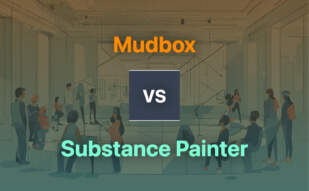For digital sculpting, Mudbox reigns with robust sculpting tools, unparalleled compatibility with Autodesk software, and a cost-effective subscription. Mari, however, leads with unlimited texture painting capabilities and extensive scalability, making it ideal for large-scale, intricate projects. Novices may opt for Mudbox, while professionals handling complex assets might favor Mari.
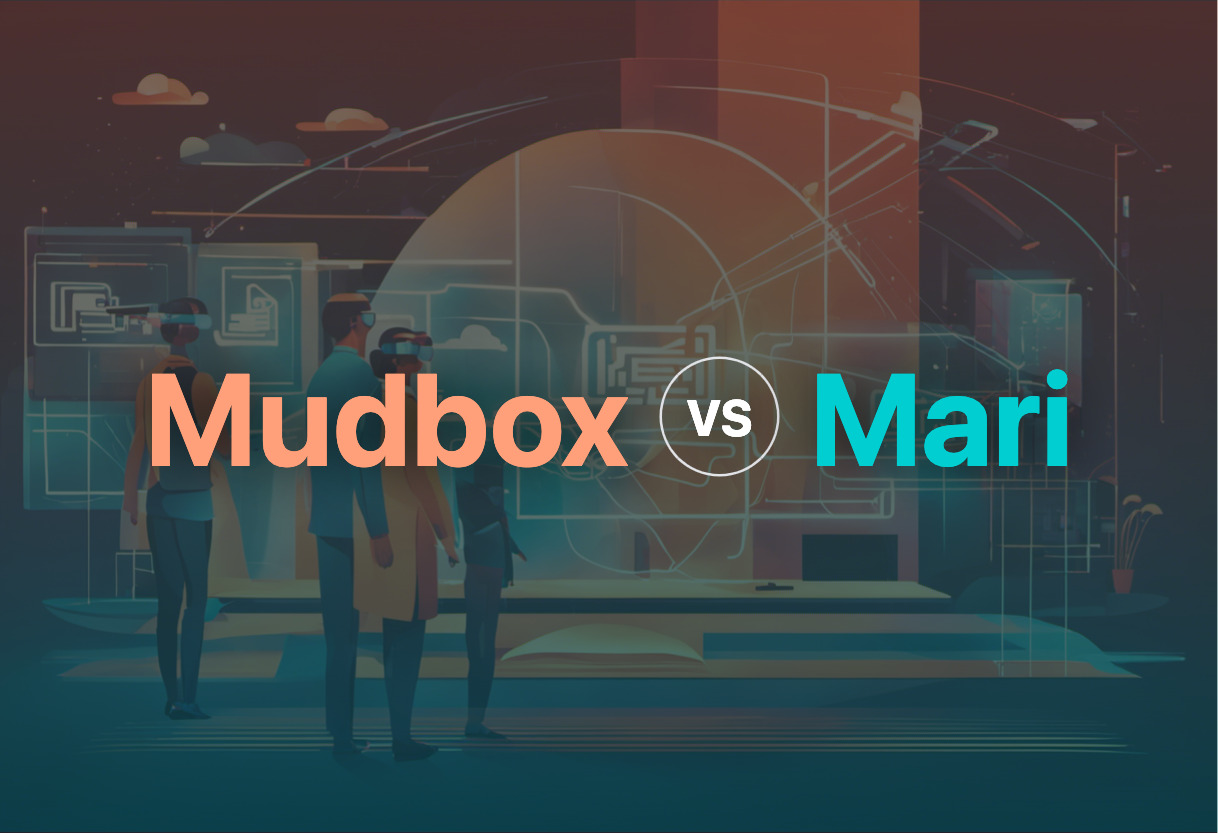
Key Differences Between Mudbox and Mari
- Cost: Mudbox offers a yearly subscription at $90, affordable for beginners. Mari’s licenses start from $689, aimed towards professionals.
- Toolset: Mudbox has powerful sculpting tools, while Mari excels in unlimited texture painting.
- Compatibility: Mudbox works seamlessly with Autodesk software. Mari supports multiple industry-standard formats.
- Scalability: Mudbox prioritizes mesh detail enhancement. Mari manages extensive 3D model sets and high-volume asset creation.
- Workflow: Mudbox features a non-destructive workflow, adjusting without permanent changes. Mari uses a node graph system, offering flexibility in design creation.
| Comparison | Mudbox | Mari |
|---|---|---|
| Software Purpose | 3D sculpting and painting tool, designed for adding detail to low-polygon base meshes | A high-resolution 3D texture painting solution, designed for handling complex 3D assets |
| Features and Support | Powerful sculpting tools and brushes, non-destructive workflow, option to use grayscale images as stencils, retopologizing tools, model creation from scratch with various primitive shapes | Projection-based painting system, non-destructive layer and node graph systems, materials system, Python API, Full OCIO color management, support for UDIM workflows |
| Algorithm and Data Handling | Catmull-Clark subdivision algorithm for maintaining mesh shape while increasing poly count, provisions for exporting higher-detail models as normal maps for lower poly count | Can handle over one million polygons for a single topology without slowdown, supports thousands of textures per model via UDIMs |
| File Compatibility | Import/export in .obj, .fbx, .bio and .mud formats | Compatible with FBX, OBJ, Alembic, and OpenEXR formats |
| Pricing | Subscription-based, competitively priced at $90/year with a free 3-year license for students | Annual license: $1,119, Quarterly rental license: $829, Annual/monthly subscription: $689/$86 |
What Is MudBox and Who’s It For?
MudBox, an Autodesk 3D sculpting software, was initially groomed by Skymatter and was given its first full scope in the production of King Kong in 2005. Utilized primarily for high-resolution digital sculpting and texture painting, MudBox has a reputation for its powerful sculpting tools, brushes, adjustable settings, and compatibility with other Autodesk software. This makes it an ideal choice for 3D art newcomers and budget users, extendable to professionals in renowned firms like Epic Games and the Blur Studio.
The subscription-based software at $90/year also extends a FREE 3-year license to current students. MudBox continues to expand its boundaries with provisions for movable cameras, creating models from scratch, and its 2009 addition of painting and texturing features for real texture creation.
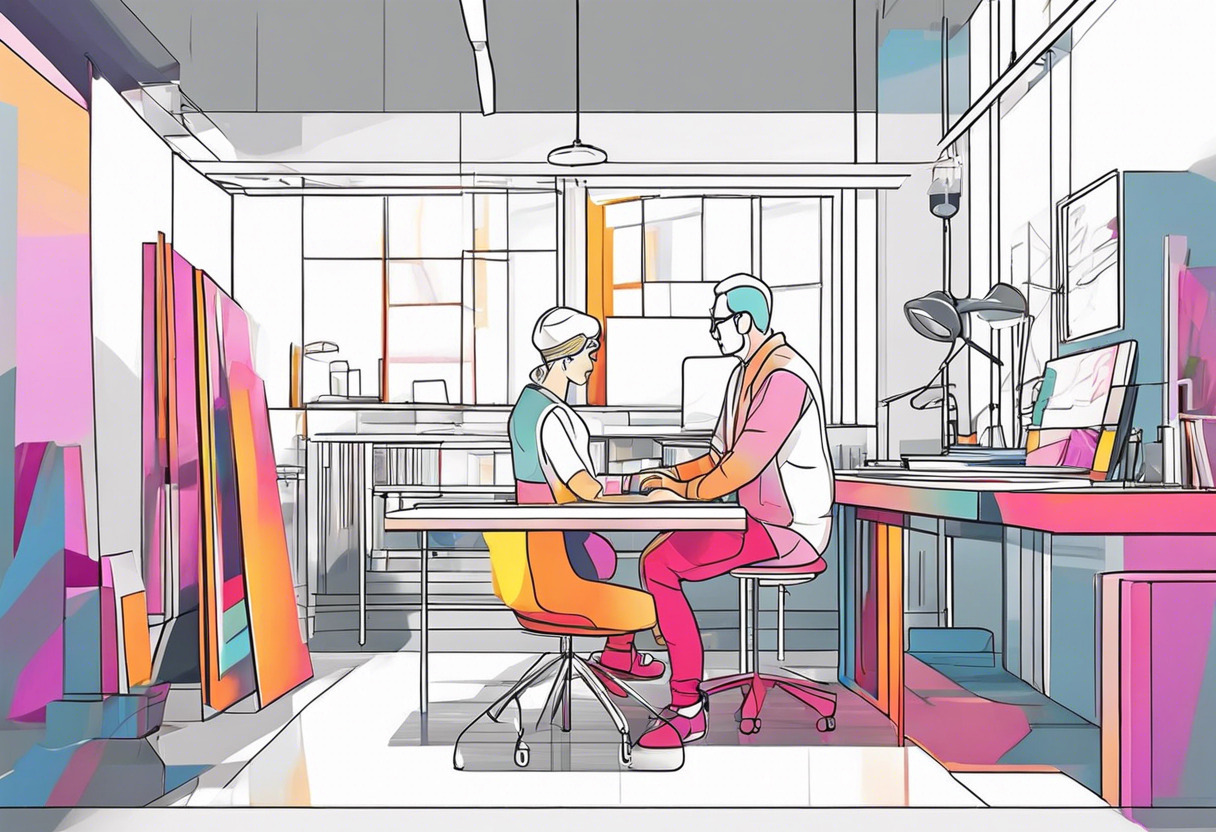
Pros of MudBox
- Powerful sculpting tools and brushes.
- Cost-effective and user-friendly; ideal for 3D art newcomers.
- Compatibility with other Autodesk software.
- Option of non-destructive workflow.
Cons of MudBox
- Less ideal for experienced users seeking advanced options.
- No new features or bug fixes since 2020.
- Only provides software updates through new installers.
What Is Mari and Who’s It For?
Mari is a high-resolution 3D texture painting solution created by Foundry. Known for handling massive 3D model sets, Mari excels in project undertaking with complex assets, boasting features like non-destructive layer, node graph systems, and a materials system. Making it a go-to for industries including movies, fashion, architecture, and games.
Mari comes equipped with the artist-friendly 3D paint tools, a projection-based painting system, and an impressive capacity of handling over one million polygons for a single topology. It offers Python API and full OCIO color management support to enable workflow automation and easier color transformations. The software continues to evolve – Mari 7.0, currently in beta, introduces a new Vulkan-based texture baking engine, new texturing nodes, 60 more bundled grunge maps, and an automated back-up system.

Pros of Mari
- High-resolution 3D texture painting tool.
- Supports UDIM workflows allowing work with hundreds of high-resolution texture maps.
- Integration capabilities with Adobe Substance Painter.
- Updatable features with evolving versions.
Cons of Mari
- High pricing tiers for each licensing option.
- Necessitates Nvidia GPUs, at least 1GB of RAM, and OpenGL 3.0 support for optimal performance.
- Complexity can seem intimidating to newcomers.
Mudbox vs Mari: Pricing
While Mudbox offers a budget-friendly, subscription-based model, Mari leans towards a more premium pricing strategy compelling for high-end projects.
Mudbox
Mudbox, considered cost-friendly for budget users, operates on a subscription model. Its yearly subscription is competitively priced at $90. Additionally, there’s a concession for students who can avail a free 3-year license. Monthly subscription is available at $10 affording accessibility without long-term commitment.
Mari
Mari on the other hand comes with a higher pricing model to address advanced 3D texturing needs. Annual license is priced at $1,119 while there are options for quarterly rental license at $829. It also offers a flexible subscription plan available yearly at $689 or monthly at $86.
Deciding Between Mudbox and Mari?
The debate between Mudbox vs Mari pivots on factors like budget, asset complexity, and integration preferences. Let’s dissect these elements per audience segment to lead you to an informed decision.
Beginner 3D Artists
For novices navigating the 3D realm, Mudbox shines due to its simplicity, affordable pricing, and non-destructive sculpting features. Its seamless workflow with Autodesk products further adds to its convenience. However, Mari’s extensive paint tools and materials system enrich the artistic experience for more advanced projects.
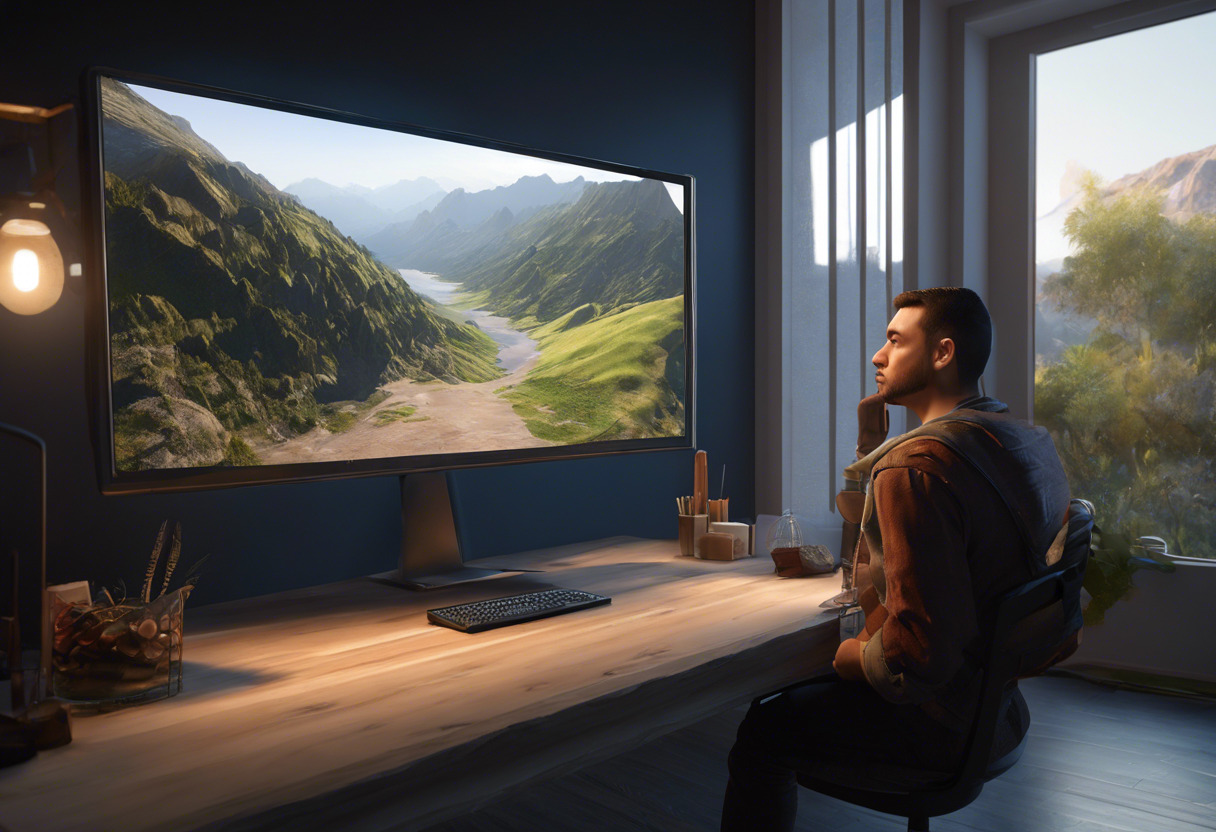
Seasoned Designers
High-profile artists and professionals gravitate towards Mari for its extraordinary support for multifaceted projects. Its ability to internally handle over one million polygons, extensive UDIM support, and full OCIO color management fortify Mari’s niche in complex asset development. Mudbox’s main draw, high-reaching sculpting features, though impressive, might feel limited in larger projects.
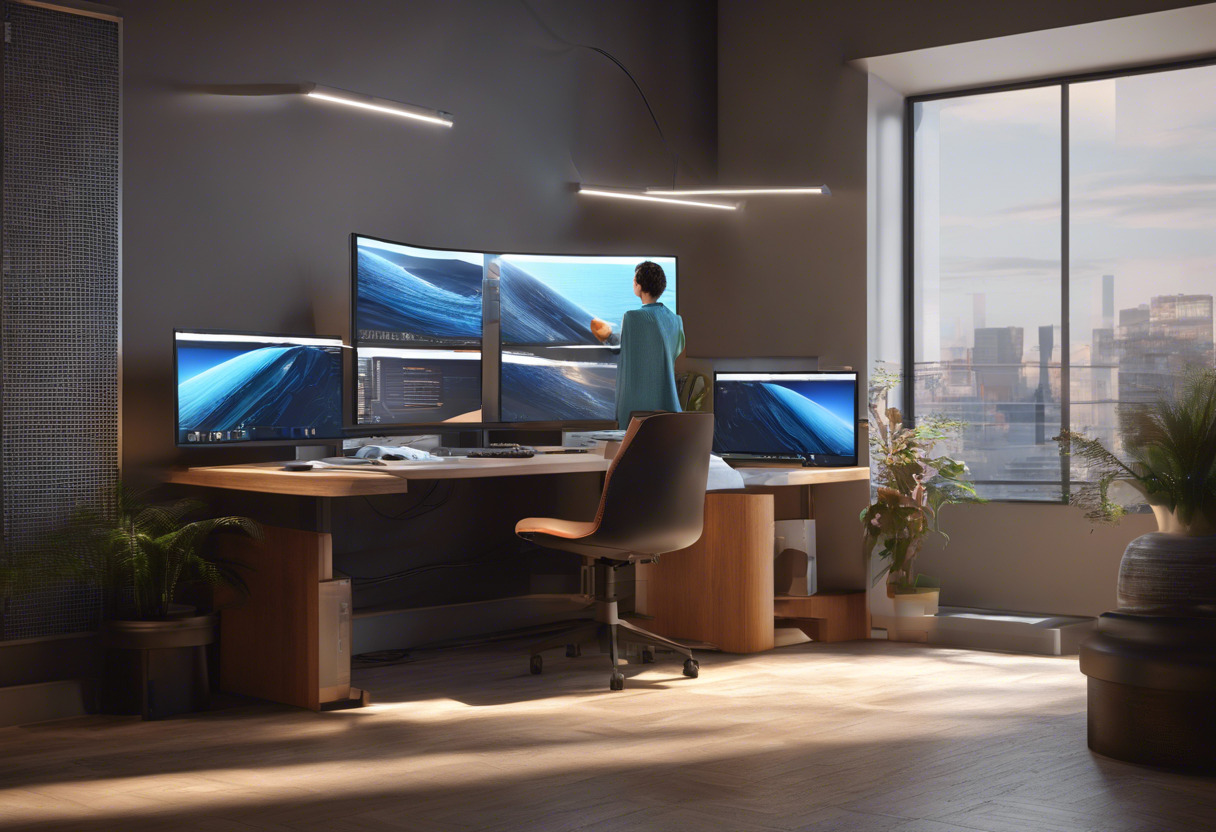
Industry Professionals
In an industry setting, preference swings back to Mudbox due to its historical ties and use in acclaimed companies like Epic Games. Larger studios might prefer Mari for its advanced capabilities, but the cost-effectiveness of Mudbox cannot be downplayed for smaller firms or individual use.
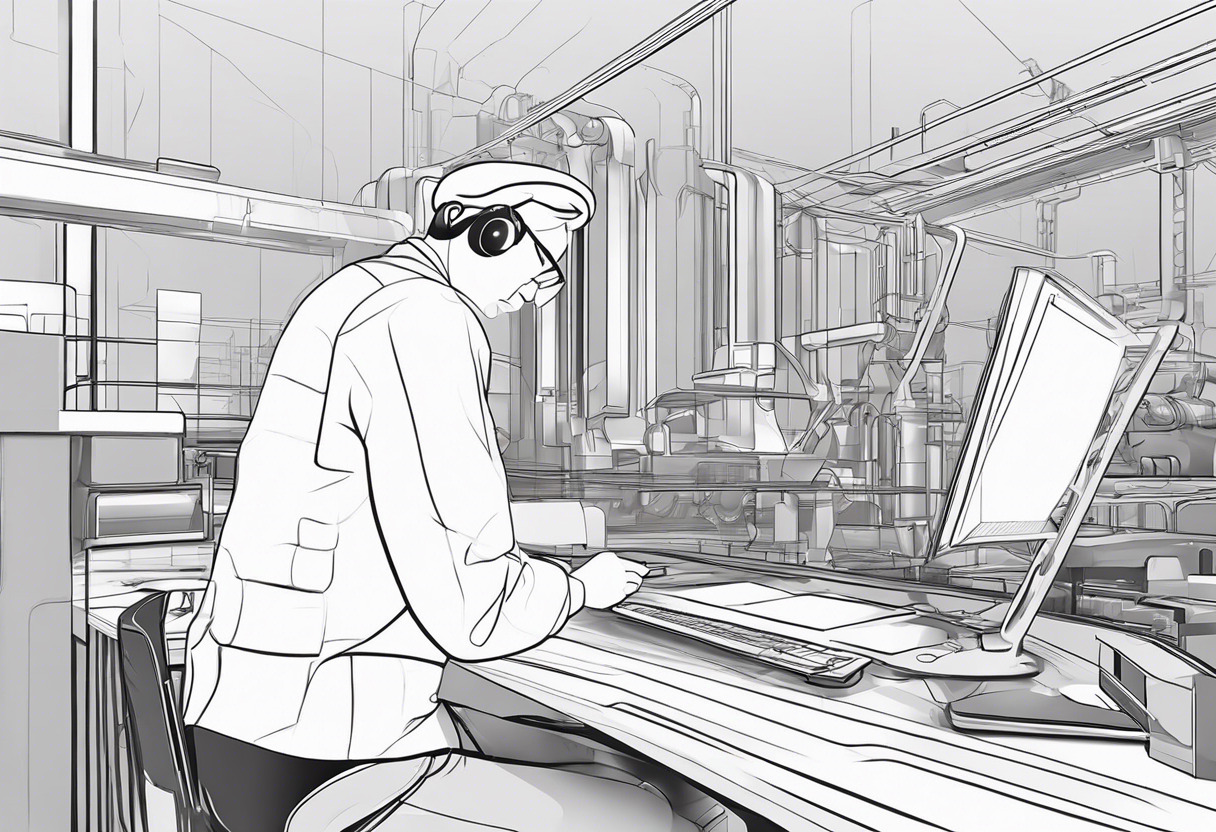
When dissecting Mudbox vs Mari, Mudbox claims the affordability aspect and caters proficiently to beginners and small scale projects. Mari, however, flourishes in large, intricate use cases for seasoned professionals, despite higher costs. Your choice rests on the project’s scale, complexity, and desired integrations.
Patrick Daugherty
Content writer @ Aircada. Merging AR expertise with a love for late-night gaming sessions.



